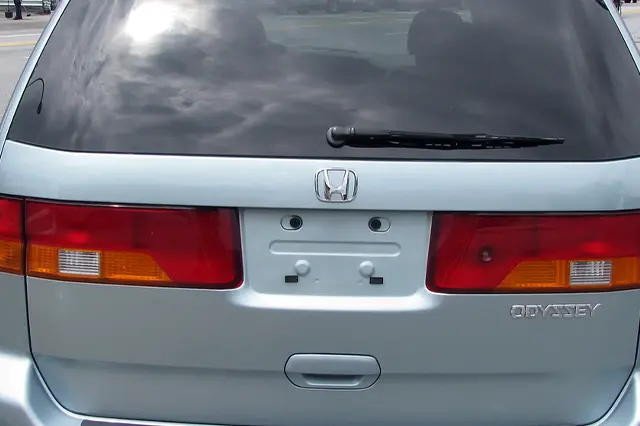
How do you know transmission is bad?
It’s not uncommon for drivers to experience transmission problems. In fact, transmission failure is one of the most common issues that drivers face. If you’re experiencing transmission problems, it’s important to take action and have your transmission checked as soon as possible. Doing so will help you avoid more serious issues down the road. In this blog post, we will explore some signs that your transmission is in need of repair and how to diagnose the issue yourself. We will also cover some tips for repairing a transmission yourself if need be.
How do you know if transmission is bad?
If you are noticing a decrease in performance or transmission issues, your car may have a problem. Checking fluid levels, changing spark plugs and seals, and replacing the transmission fluid can help to fix transmission problems. If these steps do not solve the issue, your car may need to be replaced.
If you think your car has a transmission problem, bring it to a mechanic for a diagnosis.
What are the different types of transmission failures?
There are a few different ways to tell if transmission is bad.
One way to tell if transmission is bad is to check the fluid level. If the fluid level is low, transmission may be bad.
Another way to tell if transmission is bad is to listen for noises while driving. If you hear noises that indicate that transmission is not working properly, it may be time for a repair.
Finally, if you notice that your car is not moving as fast as it used to, it may be time for a transmission repair.
How do you fix a transmission?
If you’re noticing problems with your car’s transmission, there is a good chance that it is in need of repair. A bad transmission can make it difficult to drive, and may even require replacement. Here are some tips for diagnosing and repairing a transmission:
1. Check the fluid level and color. Transmission fluid should be light pink in color and at a consistent level in the reservoir. If the fluid is dark or brown, it may be time to replace the transmission.
2. Listen for clanking or grinding noises when you press down on the accelerator pedal. These noises indicate that the gears are not meshing properly and may need to be replaced.
3. Drive your car slowly while pressing down on the brake pedal to check for any hesitations or problems with braking ability. If you have trouble stopping quickly, your transmission may also need repairs.
4. Check engine light should always be off when driving your car if there is no problem with the engine itself. If the light comes on while driving, this indicates that there is an issue with your transmission and should be checked out as soon as possible by a mechanic.
5. Have your car inspected by a technician to determine if it needs repairs.
If you’re experiencing any problems with your car’s transmission, it is important to get it checked out by a mechanic as soon as possible.
Conclusion
Transmission is bad when the engine loses power and stalls. Transmission damage can also occur when there is too much heat or cold build-up in the transmission system, which can render it unable to shift gears properly. If you are experiencing any of these symptoms, it’s important to have your vehicle inspected as soon as possible by a qualified mechanic.
